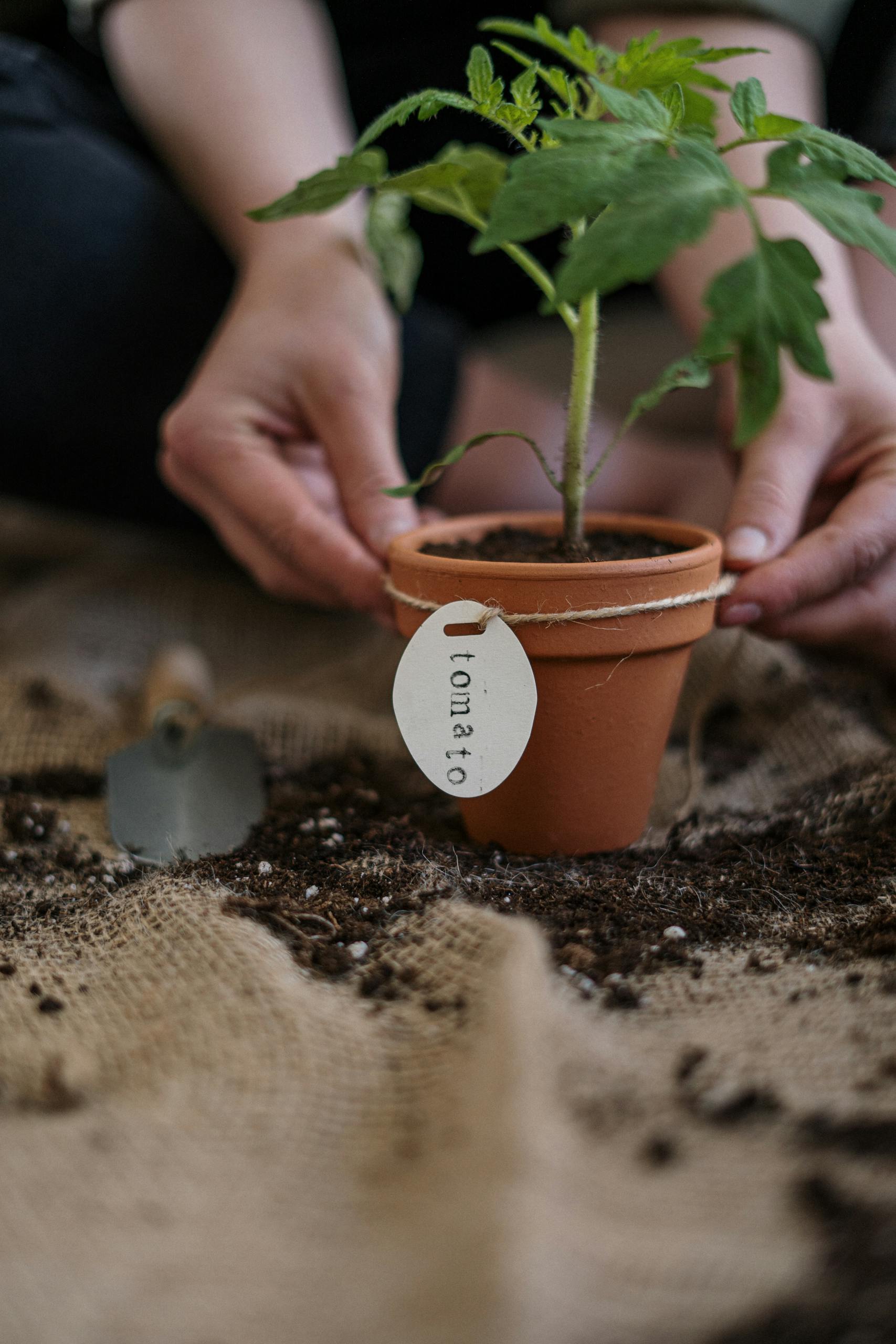About Tomato Plant Pests
Tomato plants are a popular choice for home gardeners due to their delicious fruit and relatively easy-to-grow nature. However, like any plant, tomatoes are susceptible to pests that can wreak havoc on your garden if left unchecked. Understanding common tomato plant pests and how to deal with them is essential for maintaining a healthy and productive crop.
One of the most common tomato plant pests is the tomato hornworm. These large green caterpillars can quickly strip a tomato plant of its leaves, leaving behind only bare stems. To identify tomato hornworms, look for large, green caterpillars with white stripes along their sides. Handpicking these pests off your plants is an effective method of control, or you can introduce natural predators like parasitic wasps to help keep their numbers in check.
Another common tomato plant pest is the tomato fruitworm, also known as the corn earworm. These small, green caterpillars feed on the fruit of the tomato plant, leaving behind unsightly holes and damage. To prevent tomato fruitworm infestations, regularly inspect your plants for signs of damage and remove any affected fruit. Applying an organic pesticide like Bacillus thuringiensis can also help control tomato fruitworm populations.
Aphids are another common pest that can affect tomato plants. These small insects feed on the sap of the plant, causing leaves to yellow and wilt. Aphids can also transmit diseases to tomato plants, further weakening them. To control aphids, spray your plants with a strong stream of water to dislodge the insects, or introduce natural predators like ladybugs to help keep their numbers in check.
Spider mites are another troublesome pest that can affect tomato plants. These tiny pests feed on the underside of leaves, causing them to develop yellow spots and eventually die off. To control spider mites, regularly inspect your plants for signs of infestation and treat them with a miticide if necessary. Increasing humidity around your plants can also help deter spider mites from taking up residence.
Thrips are another common pest that can affect tomato plants. These small insects feed on the leaves and fruit of the plant, causing damage and stunting growth. To control thrips, regularly inspect your plants for signs of infestation and treat them with an insecticidal soap if necessary. Introducing natural predators like lacewings can also help keep thrip populations in check.
In conclusion, tomato plants are susceptible to a variety of pests that can damage your crop if left unchecked. By understanding common tomato plant pests and implementing appropriate control measures, you can help protect your plants and ensure a bountiful harvest. Regularly inspecting your plants for signs of infestation and taking proactive steps to address pest problems can help keep your tomatoes healthy and thriving. Remember, prevention is key when it comes to dealing with tomato plant pests.





